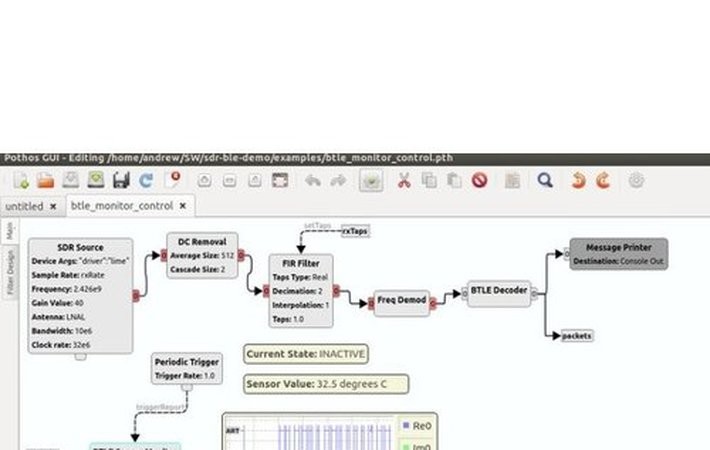
Published on 11/07/2016 | Market Sizing
At the end of last week the future of IoT wireless communication was published on this blog and this blog, together with the code on Github. The LimeSDR community showed how one software defined radio can be used to send and receive LoRa, the low powered wide area network protocol for IoT, Bluetooth Low Energy, the standard for consumer devices, and last but not least any proprietary protocol can be easily reverse engineered, as seen in the demo on how to control light switches. Shortly all these solutions can just be downloaded as an app from a software defined radio app store.
One small step for LimeSDR, one giant leap for IoT communications
Why is this so important? We are entering a new era for wireless communications. The hardware is becoming commodity. Any smart device with a free USB or PCIe port can become part of the world of software defined radio networks. We only need one genius to create a new protocol and distribute it via an app store and minutes later anybody will be able to use it.
At this moment we live in a world where only few companies control all our wireless communication. The barriers of entry they have constructed are patents, multi-year spectrum licenses, expensive equipment, proprietary software, complexity, etc.
As of now those barriers are coming down. Software defined radio technology is becoming a commodity. What today costs hundreds of dollars, tomorrow will cost below a hundred; the day after tomorrow below ten dollars; than a dollar; perhaps even one day dollar cents; ... One piece of hardware will be able to support any type of networking protocol or spectrum. We will no longer need specific equipment for wireless communication. The software defined radio just becomes part of other equipment we need to deploy any way, e.g. vending machines, smart light poles, digital signage, ATMs, etc.
The second barrier are patents. The future will be creative common licensed protocols. Standards will be defined by programmers pulling code from Github and customers buying apps. Adoption will be the new code word for wireless standard. Lots of smart people will be able to define protocols that go around the patents or better, out-innovate them.
Spectrum licenses are now sold for years, for many billions and for large regions in the world. The end result is that only a fraction is actually fully utilised. Smart telecom operators and governments will see that commoditizing spectrum by selling it as a service to anybody that needs it, is the future. The FCC and other regulators will need to adapt to a new reality. The reality will soon be that anybody owns a software defined radio in some shape or form. The FCC outlawed users from being able to modify the frequency of their WiFi transmission on their broadband & WiFi modems and therefore giving router manufacturers a green light to lock down their devices and outlaw open source innovation. What will the FCC do now? Prohibit people from owning an SDR and giving a monopoly to some? This would be similar to saying that people can no longer own a drone. A better strategy would be to involve the open source community in finding answers. What about open sourcing a mechanism to easily get the right spectrum license as a service? They could create an open source router app that scans for spectrum pirates and have the crowd help find outlaws. The FCC will need to collaborate with the innovators because a simple prohibition will not work. It will be very harmful for the USA because the future of IoT will depend on who finds the best IoT communication solutions. If the USA does not want to be part of that future then prohibition is the easiest solution.
Complexity will disappear. You won't need many chips any more inside a device. One software defined radio will be enough. You don't need to be an expert either. If you can click one button in an app store, then you can be part of the IoT wireless revolution.
To accelerate this revolution we need more people to participate. The easiest way is to get yourself a LimeSDR and to start innovating. Spread the word because we almost reached our crowdfunding goal but not quite. Only few days are left and your support is key! Help us bring a wireless revolution that is driven by you and me...
This article is originally posted on LinkedIn.